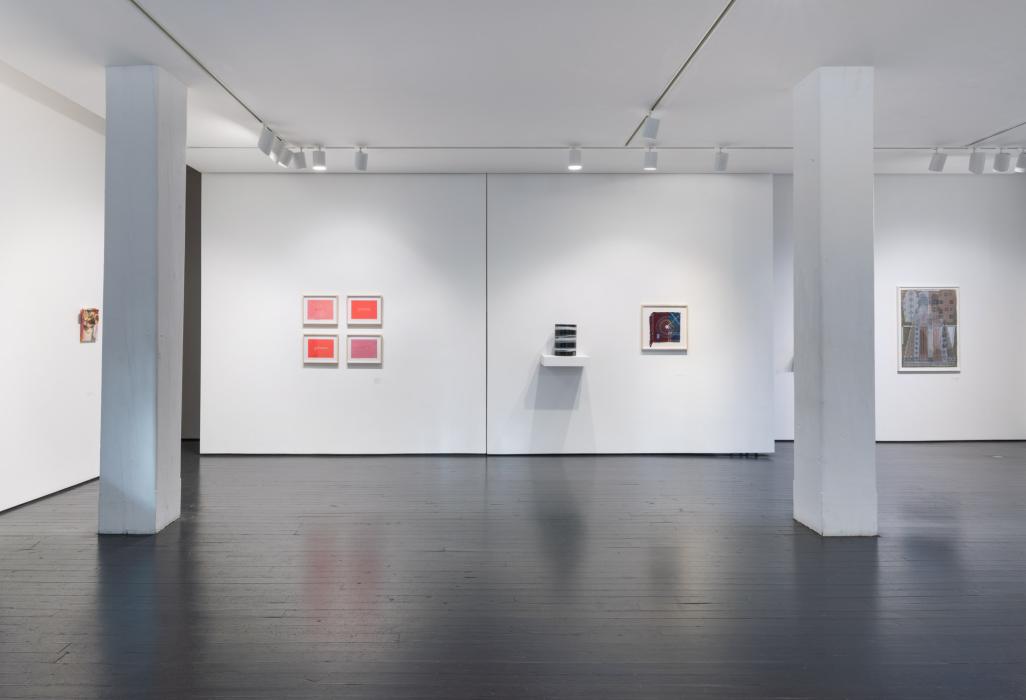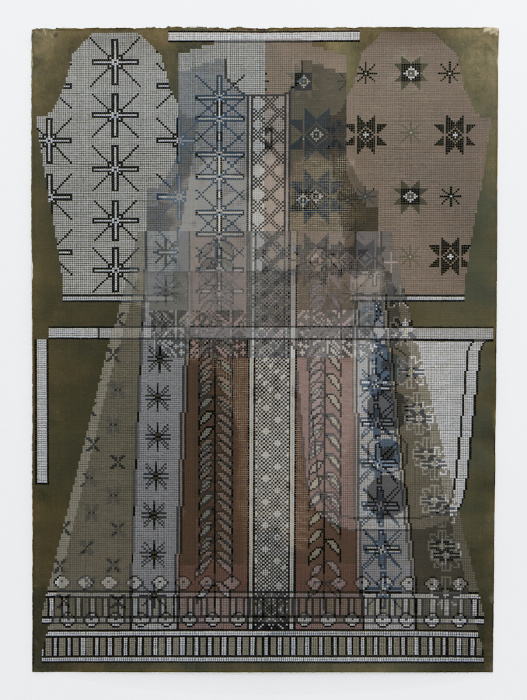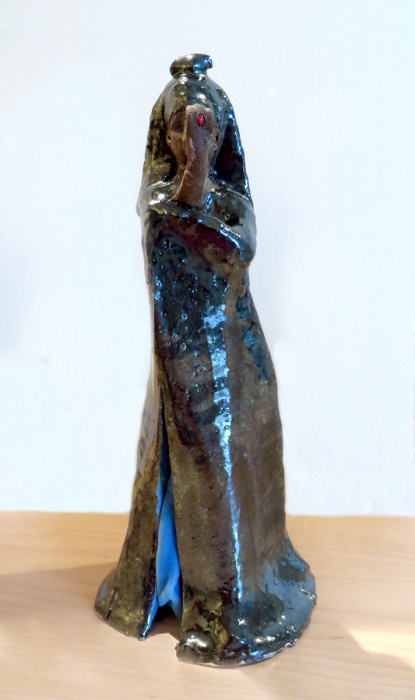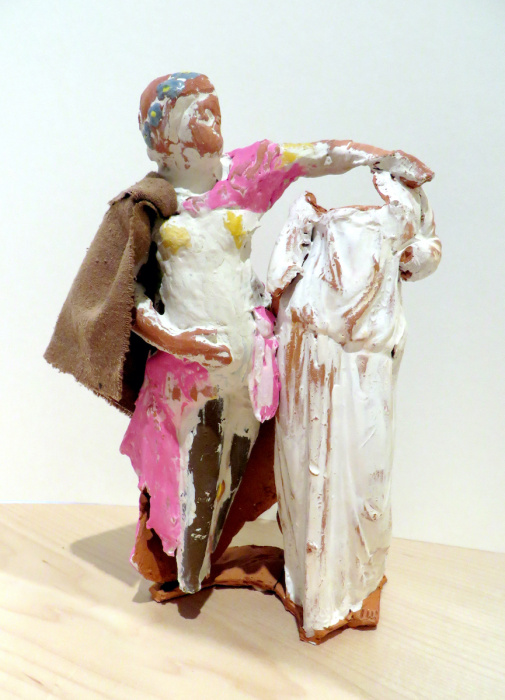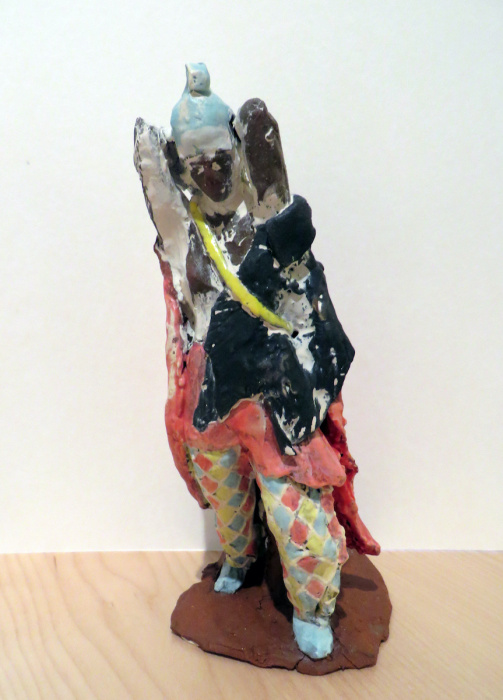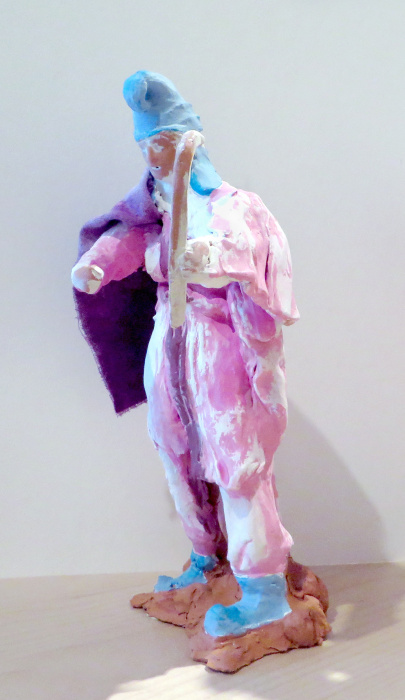Ellen Lesperance’s work pays tribute to direct action campaigns and feminist activism. Lesperance's paintings are based on knit garments worn by women involved in protests, sit-ins, demonstrations, and civil disobedience. She meticulously paints the patterns of these “knitted messages,” that function much like other forms of creative direct action such as picket signs, banners, street theater, body painting, and costumes. Pattern, shape, and symmetry emerge in the artist's highly detailed compositions that merge abstraction and figuration. By translating and transforming such source material into something abstract and universal, the works speak to participation and protest as being not radical, but essential and personal. They also create a political lineage, capturing the potential of past events to inspire future action through translated and coded symbols.
Her work has been presented in solo exhibitions at Seattle Art Museum, Baltimore Museum of Art, Samson Projects in Boston, Derek Eller Gallery, Portland Art Museum, and PS122 in New York. As well as an upcoming solo exhibition at the Hollybush Garden in London. She has participated in group exhibitions at institutions such as the Drawing Center in New York, Ashland Art Museum, Portland Institute of Contemporary Art, Frye Museum, the Honolulu Biennial, ICA Boston, The Brooklyn Museum, the Dahl Arts Center in Rapid City, Southeastern Center for Contemporary Art in Winston-Salem, The Studio Museum in Harlem, and Scottsdale Museum of Contemporary Art. The artist has received grants and awards from the John Simon Guggenheim Fellowship in Fine Arts, Robert Rauschenberg Foundation, Louis Comfort Tiffany Foundation, Art Matters, Pollock-Krasner Foundation, Betty Bowen, and the Ford Family Foundation. Her work is in collections at the Whitney Museum of American Art, Baltimore Museum of Art, Rose Art Museum, ICA Miami, Frye Muesum, Museum of Fine Arts, Museum Ludwig, and The Museum of Art and Design. Lesperance’s work has been reviewed by Art net, The Brooklyn Rail, The Institute of Contemporary Art Boston, The New Museum of Contemporary Art, Artforum, The New York Times, Frieze magazine, and Art in America.
Courtesy of Derek Eller Gallery
